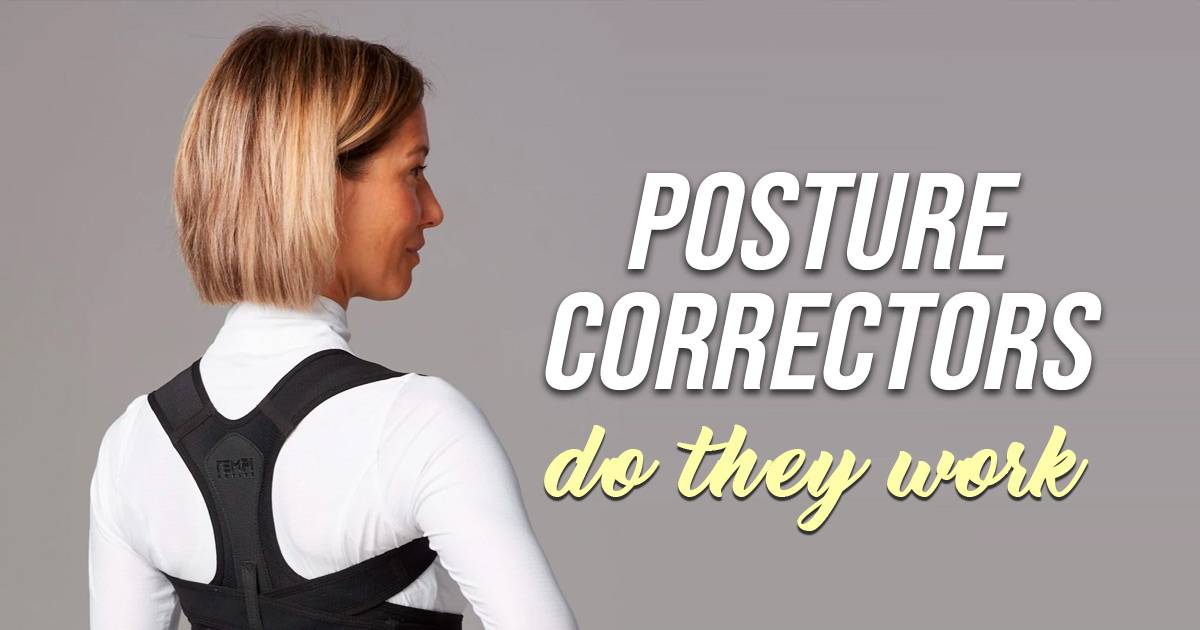Improving Your Posture with the Use of Posture Correctors

Whether you find yourself seated at a workstation or engrossed in your mobile device, succumbing to a slouched posture is a common tendency. Numerous individuals resort to posture-enhancing solutions, such as braces, specialized garments, or technology-infused devices, with the aim of promoting an upright sitting position. Can the remedy for your slumped posture or the notorious “text neck” truly be simplified by the use of a posture corrector? Do they work? Let’s delve into the scientific aspects to determine the real score.
What’s the importance of good posture?
A proper posture entails standing or sitting upright with shoulders aligned and the head in a neutral position, preserving the natural curvature of the spine. This alignment serves to alleviate stress on muscles and ligaments.
Sustaining a correct or neutral posture offers various benefits:
- Prevent Pain: Prolonged slouching can induce pain in the neck, shoulders, and back.
- Reduce Headache Risks: Poor posture tightens the muscles at the back of the neck, potentially triggering or contributing to tension headaches.
- Enhance Breathing: Sitting upright facilitates optimal lung capacity, allowing respiratory muscles, including the diaphragm, to function effectively.
- Elevate Mood and Energy Levels: Beyond physical well-being, proper posture has been linked to improved mood and heightened energy levels in both healthy individuals and those dealing with depression.
Understanding the pivotal role of good posture in overall well-being sheds light on why individuals often turn to posture correctors for assistance.
What is a posture corrector?
A posture corrector is something you wear to help keep your back and shoulders straight. It often has straps, sticky tape, or a special harness that pulls your shoulders back. This helps you stand or sit straight. Some of these correctors have smart features that tell you when you need to sit up straight.
These items can be soft and stretchy or more stiff, depending on the kind you get. The most common types are:
- Back brace
- Belt for your lower back
- Shirts or vests for better posture
- Special sticky tape
- Smart posture gadgets
Most posture correctors come with instructions so you can put them on by yourself. But sometimes, like with the special sticky tape, a doctor or therapist might need to put it on for you. They usually stick it to the area around your shoulder blade to help with your posture.
Do posture correctors actually work?
How well a posture corrector works can depend on which one you pick. We still need more research to be really sure. But let’s see what recent studies say about a few kinds of posture correctors that people often use.
Back Braces
Back braces or harnesses are made to support your upper and mid-back, and you wear them over your clothes. They help keep your shoulders from slouching and often come with adjustable straps for varying pressure. A study on athletes showed that these braces improved posture and shoulder muscle function, with the adjustable straps not making a big impact. This suggests that back braces work by increasing awareness of posture, which could help maintain a healthy posture and reduce pain. However, the study didn’t check if people kept good posture after they stopped using the braces.
Kinesiology Tape
In a study comparing kinesiology tape and exercise for people with forward-head posture, both methods were found to improve posture. Importantly, participants sustained these improvements even two weeks after the study concluded. However, the experts concluded that exercise proved to be more effective in the long term.
Tech-Based Posture Corrector
High-tech posture correctors typically include pads placed on your spine that buzz or vibrate if you slouch, prompting you to correct your posture. These wearable devices can monitor your posture accurately, aiding in making improvements. However, more research is needed to ensure their effectiveness for long-term use.
How long should you wear a posture corrector?
Using posture correctors isn’t a permanent solution for slouching or bad postures. Experts are still figuring out what happens if you use them for a long time. They’re not sure if it might make your muscles too reliant on the device and weak. So, it’s smart to talk to your healthcare provider before giving a posture corrector a go, especially if your neck or back hurts.
Usually, experts say you should wear these correctors for only a few hours each day. This way, it helps you be more aware of your posture without depending on the support too much. Just remember, the main goal is to keep that good posture even after you take off the corrector.
Some Considerations When Improving Your Posture
If you catch yourself leaning your head forward, stretching your neck, or slouching at your desk, take a look at your office arrangement. Setting up an ergonomic workstation, which includes a chair supporting your lower back and ensuring the correct height for your desk and computer, can play a role in warding off neck and back discomfort while working. Additionally, incorporating regular exercise into your routine can tackle muscle imbalances and enhance your posture. Simple actions like taking brief, active breaks during the day can contribute to sitting up straight and steering clear of musculoskeletal pain.
There’s No Harm in Trying a Posture Corrector
Take charge of your posture today! Remember, a combination of ergonomic workspaces, mindful posture habits, and regular exercise can greatly improve your spinal health and overall well-being. Consult with healthcare professionals, consider the use of posture correctors as a temporary aid, and embrace a lifestyle that prioritizes proper posture. Your body will thank you for the long-term benefits!
